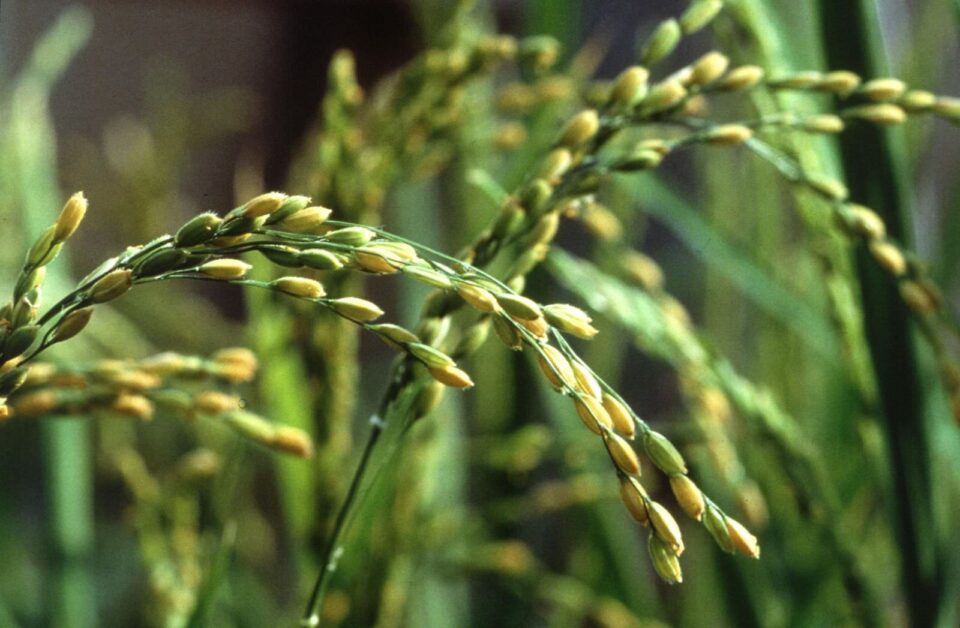There have just been reports of rice export bans by India, Russia, and the United Arab Emirates, as this year’s weather conditions have significantly reduced the harvest, and governments are trying to keep domestic prices from rising. Rice is the main food product in Asian countries, and rising prices can significantly impact the world market. Urbanization, shrinking available arable land, and dependence on the weather amid population growth have been concerns for decades.
One of the promising solutions to this complex problem is the production of crops in vertical farms. Over the past few years, investments in vertical farms have multiplied. Still, the largest and most famous projects, including AeroFarm, inFarm, and SquareRoots, are going bankrupt this year. According to their authors, the point is not only the increase in energy and labor costs but also that consumers do not tend to pay more for lettuce and greens from vertical farms if the same (at least externally) products are available nearby in the supermarket shelf, produced by traditional methods at a much lower cost.
For several years, scientists in different countries have been studying the cultivation of grain crops in vertical farms. Experiments by the University of Wageningen (Netherlands) prove that achieving a wheat yield of 127 t/ha in vertical farms is possible. However, it is unlikely that wheat or barley will be commercially grown in vertical farms so soon, while they are much cheaper and easier to produce using traditional methods. In turn, rice is one of those few plants that nature intended to grow in hydroponics. And experiments on such cultivation are carried out in South Korea, China, and Japan. But for now, these are just experiments in a small area where all work is carried out manually.
Commercial production requires a different approach. To create an efficient rice farm, it is necessary to consider the developments in the production of greenhouse vegetables and ornamental plants and not reinvent everything from scratch.
Like vegetables, rice is grown through seedlings. For a long time in greenhouse farms, various precision seeders have been used to sow seeds of different sizes in cassettes of multiple dimensions. For a long time, there have been various chambers for germinating seeds, both container-type and separate rooms.
In the last decade, automatic machines have appeared for transplanting seedlings from cassettes into pots and trays of lettuce lines. Transport systems are also available for moving trays and cassettes in vertical farms. If in traditional cultivation, the grain harvest is harvested by combines that move across the field, in a vertical farm, it is easier to install a small mower with a reaper permanently and feed the trays with plants ready for harvest along the conveyor. Modern grain harvesters come in various sizes, including the small ones used at breeding stations.
It is not enough to remove the grain; it must still be processed into the finished product. But this technical solution already exists and is used in grain processing enterprises. Of course, even with several tiers, rice production in a vertical farm cannot be as large-scale as in the open field. That is why all traditional equipment will have to be reduced or selected samples of the appropriate size from existing ones on the market.
Rice production under fully controlled conditions allows not only to avoid the influence of adverse weather conditions but also to ensure a continuous flow of products, as is the case in champignons. A certain number of plants are sown each week, and a specific, more or less constant amount of grain is harvested, which is processed on-site into the final product. In densely populated countries with a street food tradition, products from the rice farm can be sold to cafes and restaurants in the neighborhood. There is no need to transport grain over long distances and store it, increasing rice’s competitiveness from vertical farms.
Of course, without the participation of agronomists, creating a successful rice farm is impossible. You must choose the most suitable varieties in demand in a particular market. They should be early, awnless, and low-stemmed, although the height of the stem can also be influenced by the selection of the optimal spectrum of LED lighting. We need varieties that do not require deep flooding, suitable for growing in NFT. This will reduce the demand for water and the load on the stacked structure, hence the cost of manufacturing the system.
Traditionally, rice is grown in tropical and subtropical countries, so it does not require long daylight hours and additional air cooling (as is the case with many plants in vertical farms), reducing energy costs.
Undoubtedly, it will be necessary to select the optimal composition of the nutrient solution; scientists in many countries are already working on this.
Of course, turning an idea into a real technical and agro-technological solution will require a lot of time and money. However, the prospects for startups that will develop it look better than lettuce vertical farms.




